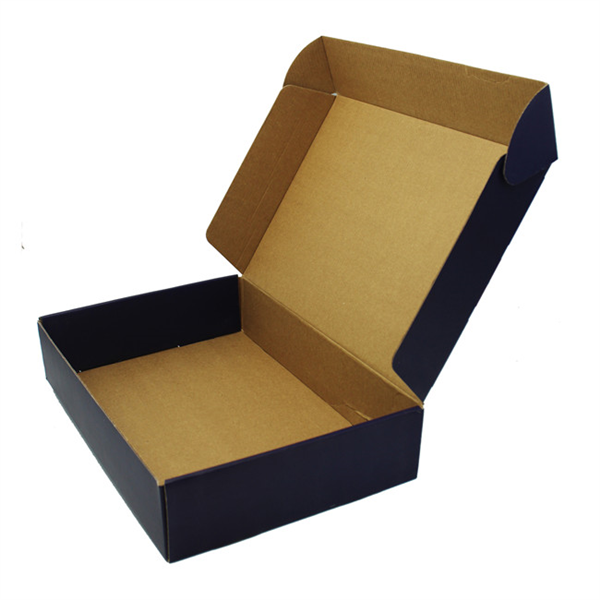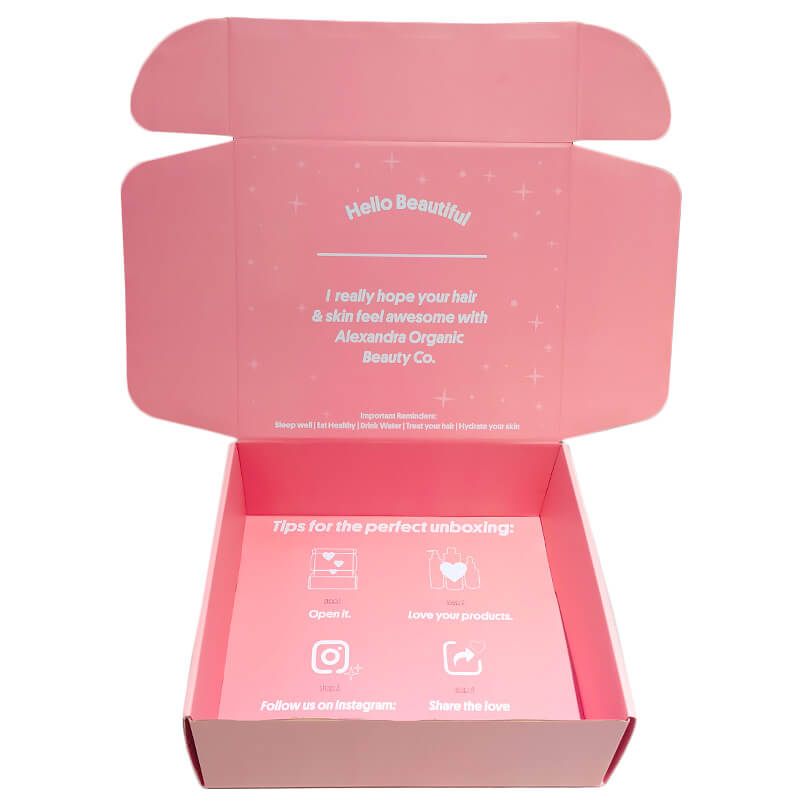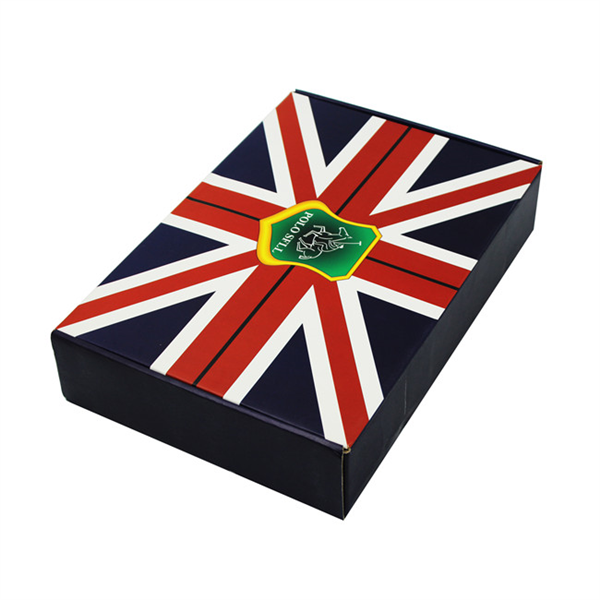Contact Us

Contact Us


Guangzhou Huaisheng Packaging Co.,Ltd.
We provide customers with quality products and provide high-quality services.
If you would like to leave us a comment please go to contact us
+86-18122240089

Corrugated boxes are a cornerstone of modern packaging and logistics. From e-commerce shipments to industrial bulk packaging, their role in global supply chains is undeniable. While these boxes offer remarkable benefits in terms of cost, protection, and customization, they also come with certain limitations. This comprehensive guide explores the advantages and disadvantages of corrugated boxes, highlights industry applications, and offers actionable tips for businesses seeking reliable packaging solutions.
A corrugated box is a type of packaging made from corrugated fiberboard, typically consisting of a fluted inner layer (medium) sandwiched between two flat linerboards. This structure gives the box strength, durability, and cushioning properties.
Common uses include:
Shipping and transporting goods
Retail packaging
Product protection during storage
Custom-branded packaging
Understanding the different types of corrugated boxes helps in choosing the most suitable one for your business needs.
Single Wall: One layer of fluting; most commonly used for shipping.
Double Wall: Two layers of fluting for added strength.
Triple Wall: Three layers of fluting; used for heavy-duty applications.
A-Flute: Excellent cushioning
B-Flute: Great for die-cutting and printing
C-Flute: Commonly used for shipping cartons
E-Flute: Thin and ideal for small retail packaging
F-Flute: Used for luxury packaging

Corrugated boxes are made from paperboard, making them relatively cheap to produce and ship due to their low weight. This translates into reduced logistics costs for businesses.
The fluted layer acts as a shock absorber, making these boxes ideal for protecting goods from vibration, compression, and impact during transit.
Corrugated boxes can be easily customized in terms of size, shape, printing, and structural design. This makes them suitable for branding and marketing purposes as well.
Most corrugated boxes are made from recycled materials and are fully recyclable, supporting sustainable packaging goals. According to the American Forest & Paper Association, the recycling rate for corrugated cardboard was over 93% in 2022.
Corrugated boxes are used in almost every industry:
E-commerce
Electronics
Food & Beverage
Pharmaceuticals
Automotive
The smooth outer layer allows for high-quality printing, enhancing brand visibility and consumer engagement.

Despite their many benefits, corrugated boxes are not perfect for every situation.
Traditional corrugated boxes can lose strength when exposed to high humidity or water. While wax or laminated coatings can be applied, they increase costs and reduce recyclability.
Although printable, corrugated boxes generally lack the luxurious finish of rigid boxes or specialty packaging, making them less suitable for premium product packaging.
Corrugated cardboard has weight limitations. For extremely heavy or high-value items, wooden or metal crates may be more appropriate.
Empty corrugated boxes can occupy significant space, especially for businesses that purchase in bulk and don’t use flat-packed storage methods.

To overcome traditional limitations, the corrugated packaging industry is evolving rapidly.
Advancements in biodegradable coatings now allow for water-resistant corrugated boxes without compromising recyclability.
Faster and more cost-effective digital printing enables high-quality graphics even on small batches, helping small businesses with brand packaging.
The use of corrugated board in creative applications such as pop-up displays, exhibition booths, and even furniture is growing.
Read more about sustainable packaging innovations from McKinsey & Company
Consider size, weight, fragility, and shipping destination. For example, international shipping may require double wall boxes with reinforced corners.
If packaging is customer-facing, opt for custom printing or die-cut windows to showcase your brand.
Weigh the trade-off between price and durability. For short-distance shipping, single wall boxes may suffice, whereas fragile goods require more robust structures.
Yes. Most corrugated boxes are biodegradable and made from plant-based materials.
Yes. If not damaged, these boxes can be reused multiple times for shipping or storage.
Ask your supplier about wax coatings, lamination, or polymer-based biodegradable coatings.
Corrugated boxes offer a powerful mix of affordability, protection, and sustainability, making them a top choice for packaging across industries. While they have limitations in moisture resistance and aesthetic luxury, technological advances are rapidly bridging these gaps. By understanding the types, benefits, and trade-offs, businesses can make informed packaging choices that align with both logistics goals and brand identity.
